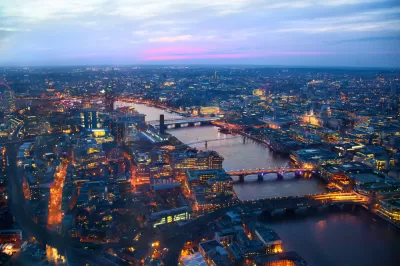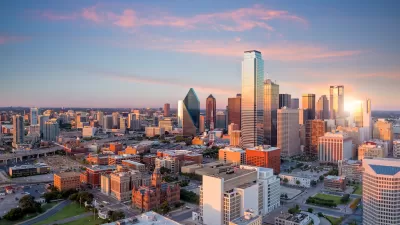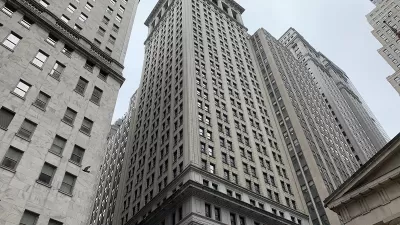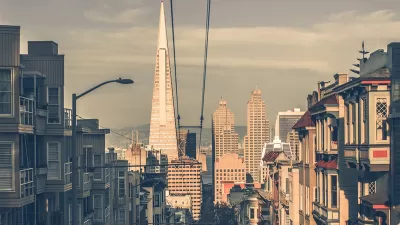Major cities like London continue their rebound from the pandemic, with some tweaks.

Despite the predicted emptying out of major cities during the pandemic, Richard Florida writes that "cities are back," with few showing more promise than London.
The Pret Index, a proxy London foot-traffic measurement based on transactions at the sandwich chain across the city, has even surpassed its pre-Covid baseline in the West End. Restaurant reservations on OpenTable are at 89 per cent of pre--pandemic levels. In January, house prices in the capital grew at their fastest rate since 2016, and rents are back to where they were before Covid. Estate agents report large numbers of clients who fled London now seeking to return.
In Florida's opinion, "true great cities" throughout history almost always rebound after disastrous wars, pandemics, or other disruptions, and London is no different. But "[w]ith remote-working expected to take up at least one in five working days even after the pandemic is over, the commercial heart of the city is going to feel very different."
Like other cities, London faces the question of what to do with its half-vacant office buildings. "But a city is not reducible to its offices. Great cities are adaptive: they remake and reuse their buildings and built environment as circumstances change."
Now, cities are returning to an older, more mixed-use form of urban design. "The city itself is transforming into an extended version of the office, as more work takes place in cafés, bars and hotel lobbies. London has been at the forefront of this shift, incubating an array of co-working spaces." Whether or not they're traveling to an office, Florida argues, workers will continue to spend time in vibrant city centers "to meet, share ideas and do business."
FULL STORY: Covid has changed London for the better

Maui's Vacation Rental Debate Turns Ugly
Verbal attacks, misinformation campaigns and fistfights plague a high-stakes debate to convert thousands of vacation rentals into long-term housing.

Planetizen Federal Action Tracker
A weekly monitor of how Trump’s orders and actions are impacting planners and planning in America.

San Francisco Suspends Traffic Calming Amidst Record Deaths
Citing “a challenging fiscal landscape,” the city will cease the program on the heels of 42 traffic deaths, including 24 pedestrians.

Defunct Pittsburgh Power Plant to Become Residential Tower
A decommissioned steam heat plant will be redeveloped into almost 100 affordable housing units.

Trump Prompts Restructuring of Transportation Research Board in “Unprecedented Overreach”
The TRB has eliminated more than half of its committees including those focused on climate, equity, and cities.

Amtrak Rolls Out New Orleans to Alabama “Mardi Gras” Train
The new service will operate morning and evening departures between Mobile and New Orleans.
Urban Design for Planners 1: Software Tools
This six-course series explores essential urban design concepts using open source software and equips planners with the tools they need to participate fully in the urban design process.
Planning for Universal Design
Learn the tools for implementing Universal Design in planning regulations.
Heyer Gruel & Associates PA
JM Goldson LLC
Custer County Colorado
City of Camden Redevelopment Agency
City of Astoria
Transportation Research & Education Center (TREC) at Portland State University
Jefferson Parish Government
Camden Redevelopment Agency
City of Claremont





























